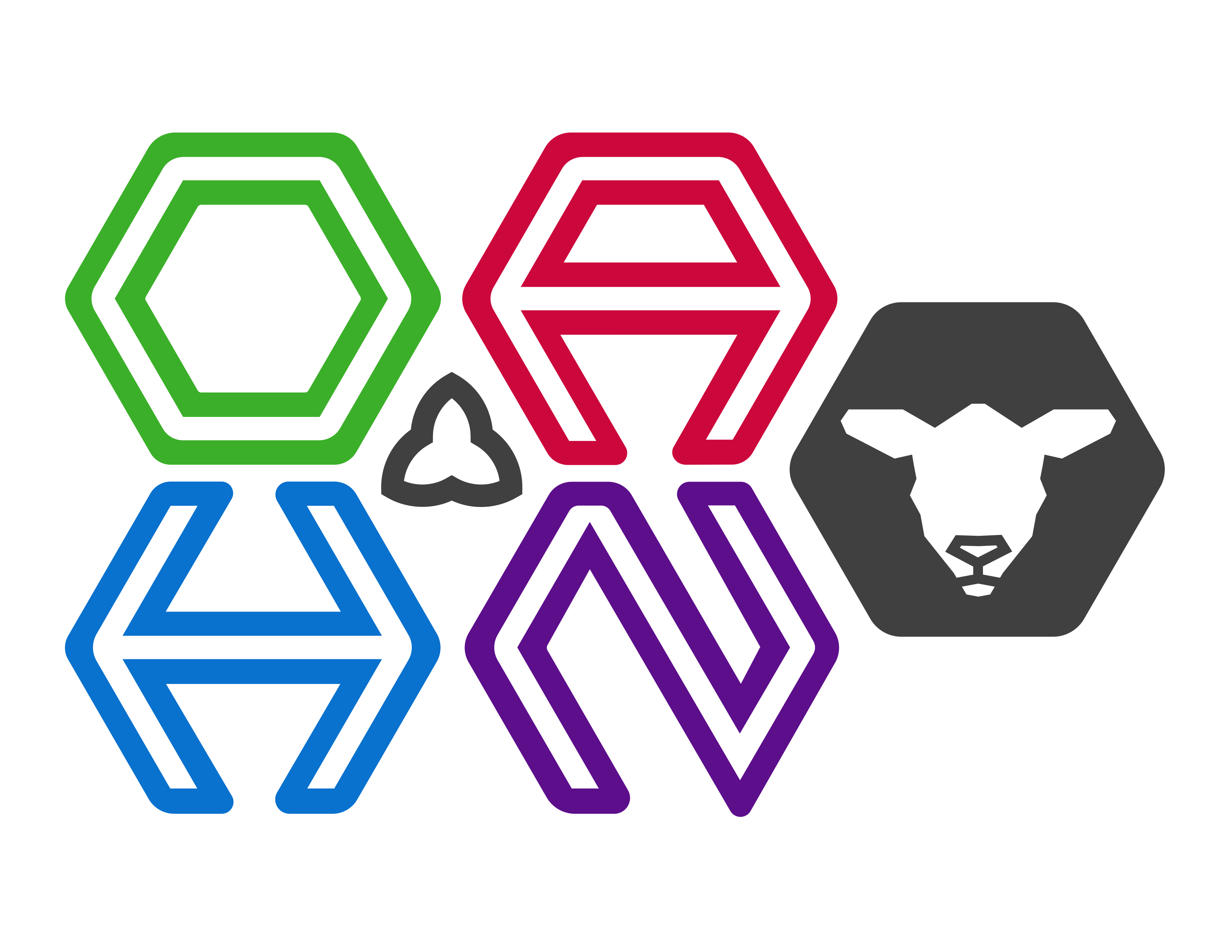OAHN Small Ruminant Network Project: Investigating Milk Quality and Udder Health in the Ontario Dairy Goat Industry (in progress)

Project Lead: Dr. Cathy Bauman
Collaborators: Dr. Rex Crawford, Dr. Jocelyn Jansen
Project Proposal
Ontario produces over 70% of Canada’s dairy goat milk; however, the Ontario dairy goat industry has struggled to correct milk quality issues of high Bactoscan levels and elevated somatic cell counts (SCC) when they arise. The sustainability of the dairy goat industry is contingent on improving milk quality. Milking and cooling equipment, equipment cleanliness, as well as udder health, can all affect milk quality. However, there is a paucity of information (lack of surveillance data) in Ontario regarding the pathogens associated with subclinical and clinical mastitis in dairy goat herds, and their contribution to milk quality issues. In Ontario, current milk pick-up on dairy goat farms varies between 2, 3, 4 and 7 days. Cost, volume produced, and location are currently impacting days to pick-up. Less frequent pick-up can influence milk quality due to individual animal factors and equipment issues. Therefore as a first step, identifying pathogens affecting udder health at the individual animal-level may help to determine if these same pathogens are affecting overall milk quality and to what degree. At the same time, producers need cost effective tests to help them identify problem animals early in the stage of infection. Comparing California Mastitis Test (CMT) results to those of somatic cell count (SCC) and Bactoscan, will hopefully show producers that this goat-side test is easy to use and provides rapid results that will guide management changes, prior to regulatory penalties. Therefore, this study provides much needed information on the subject to inform producers, veterinarians, milk quality specialists and processors.

